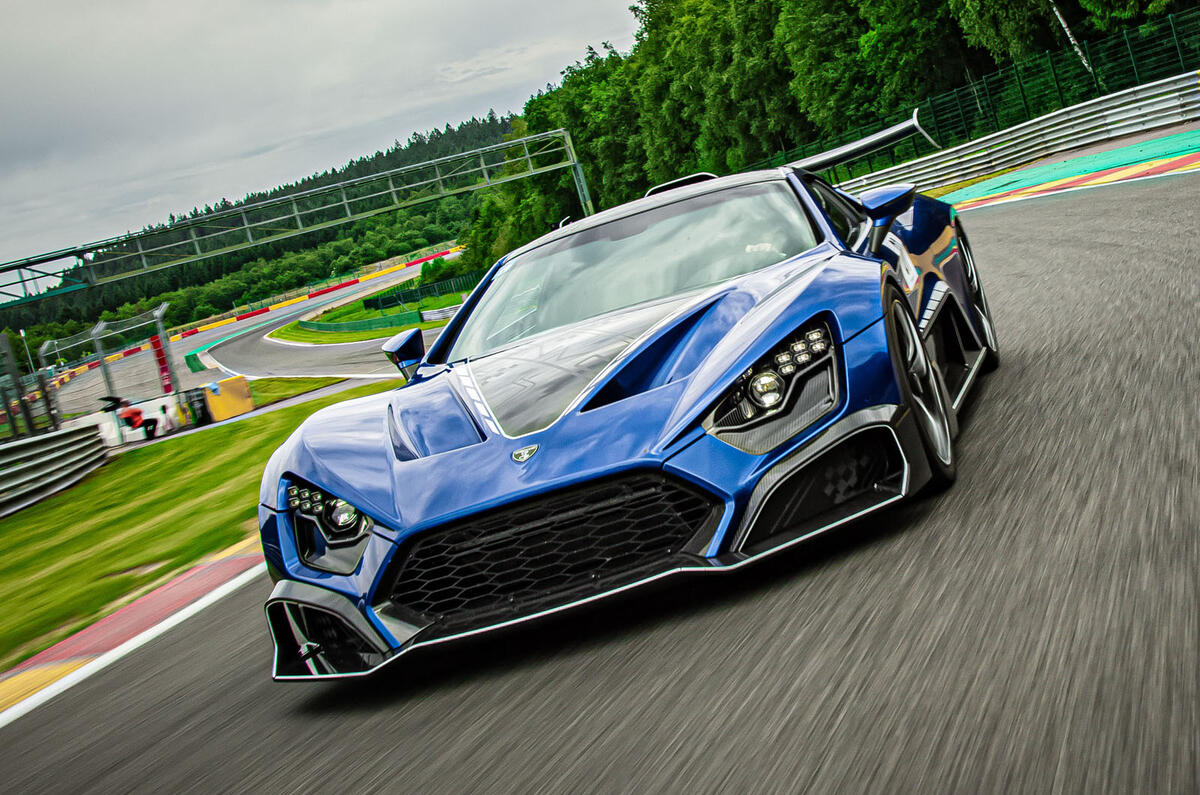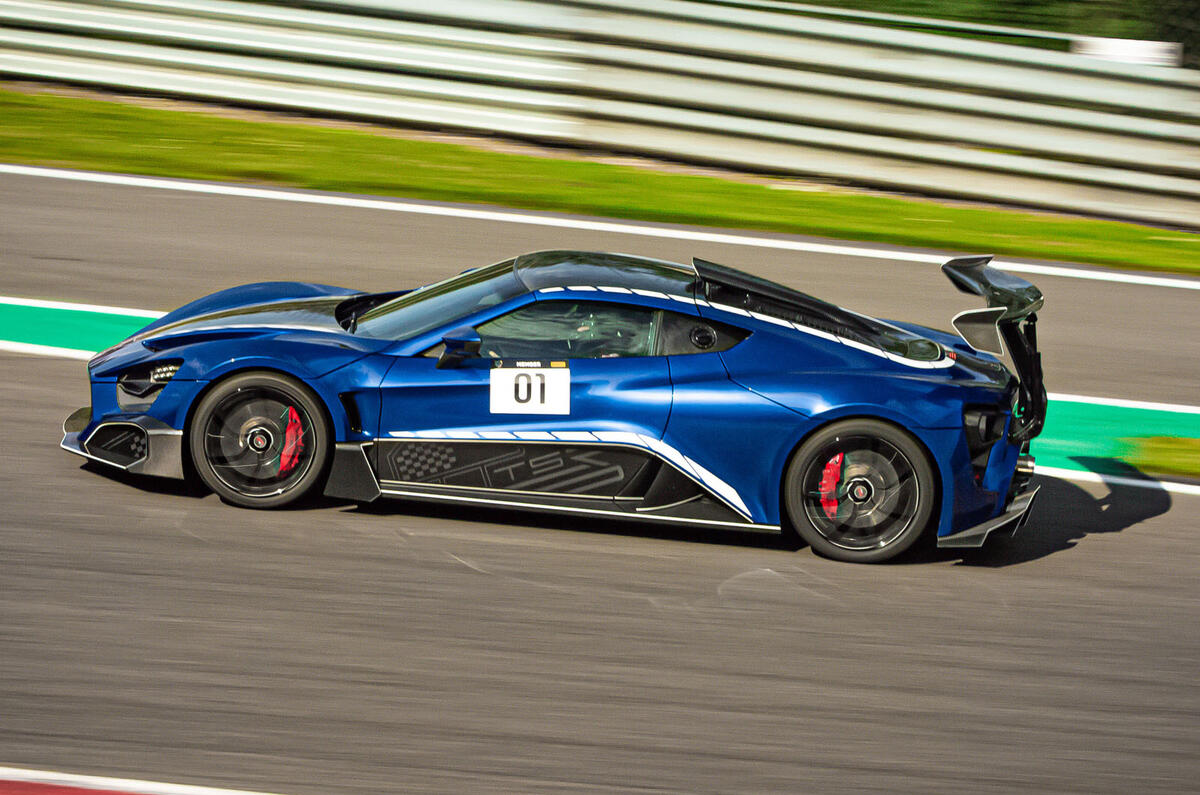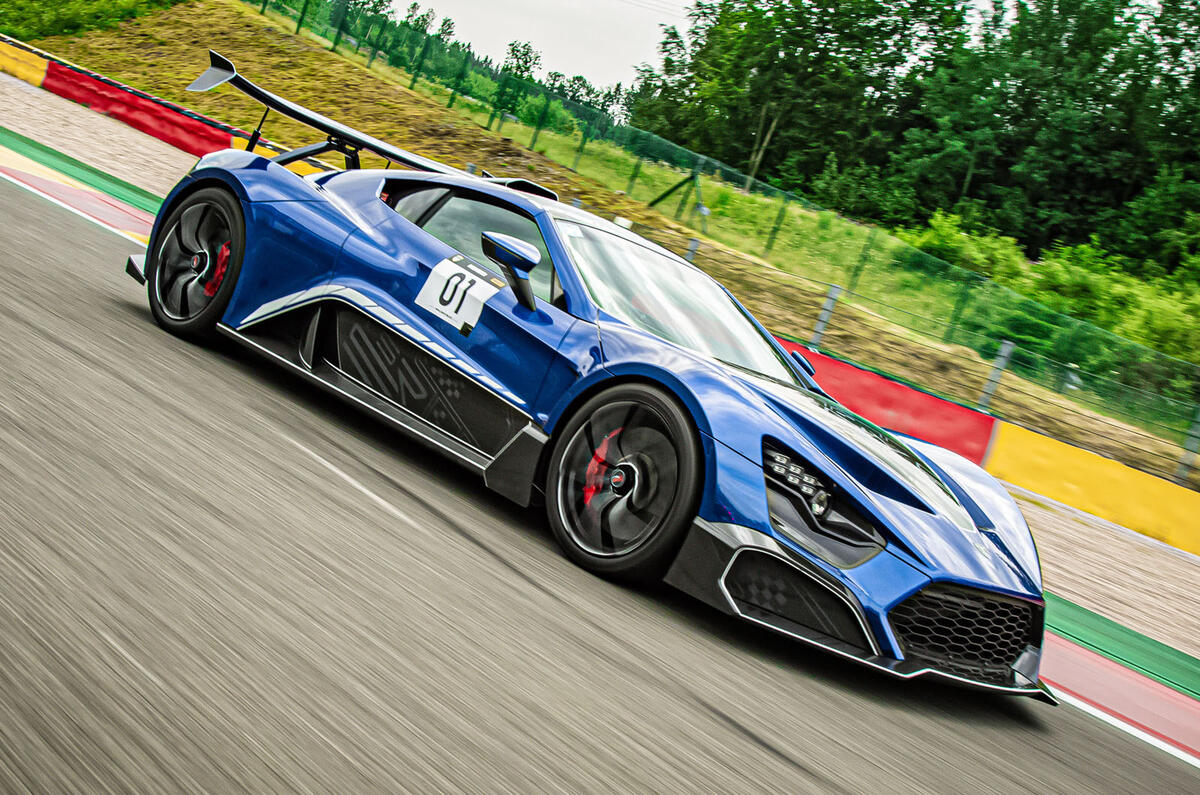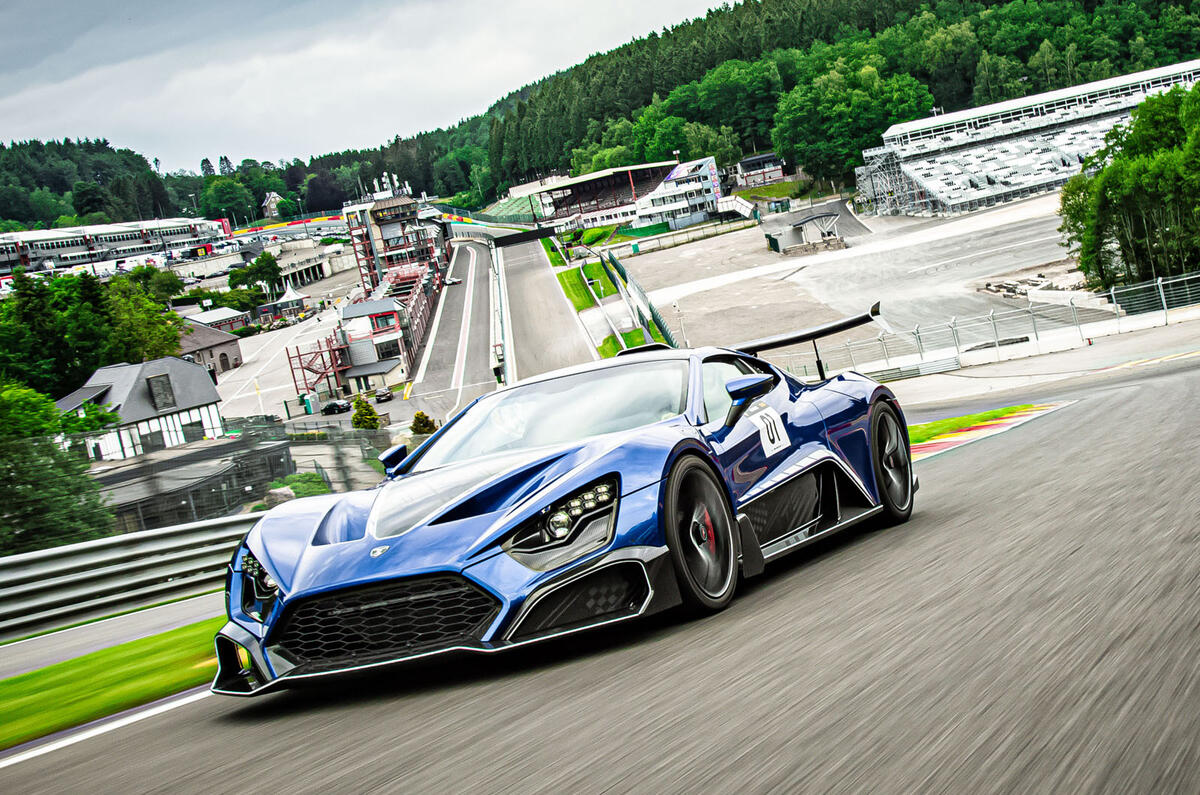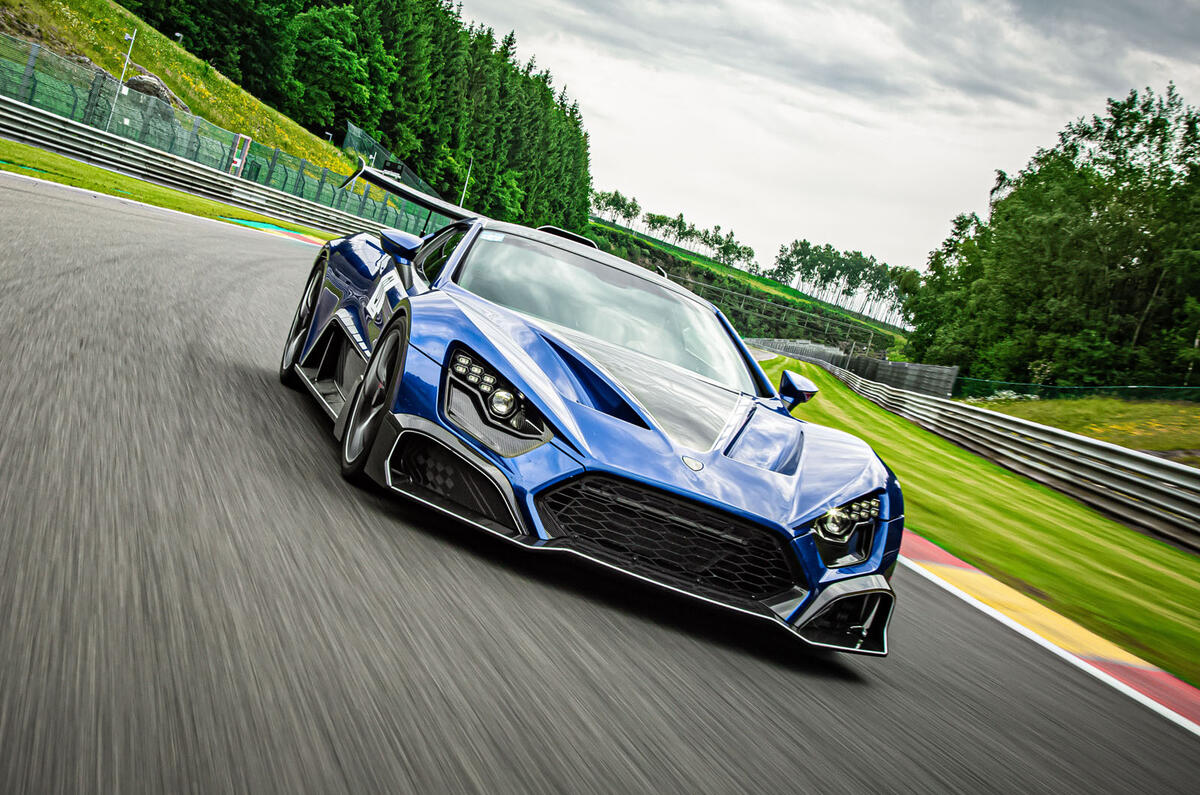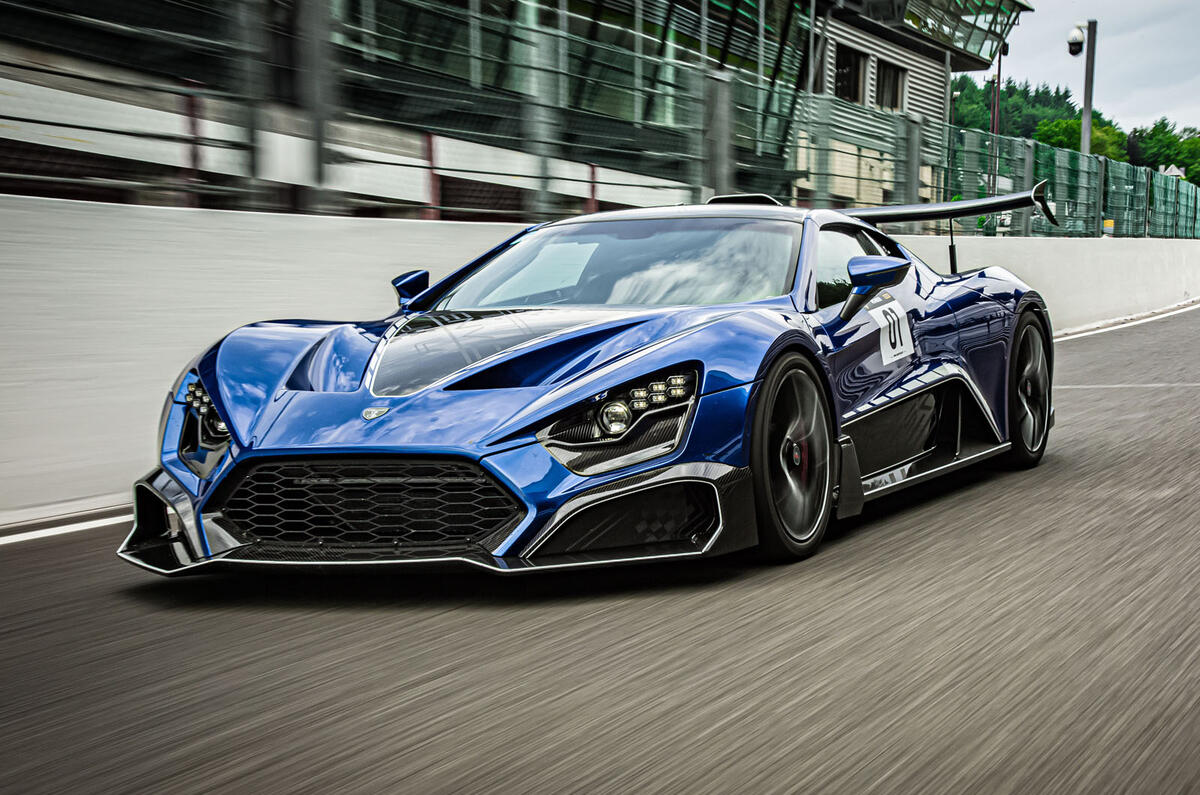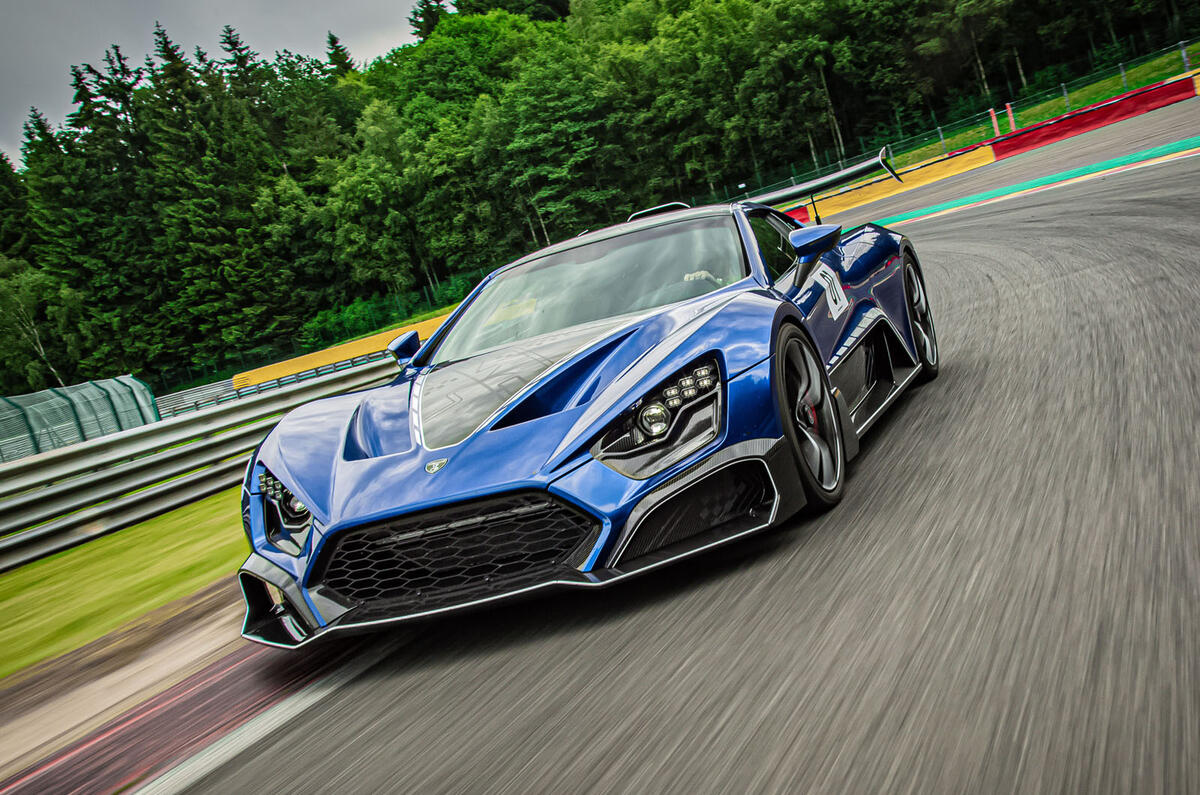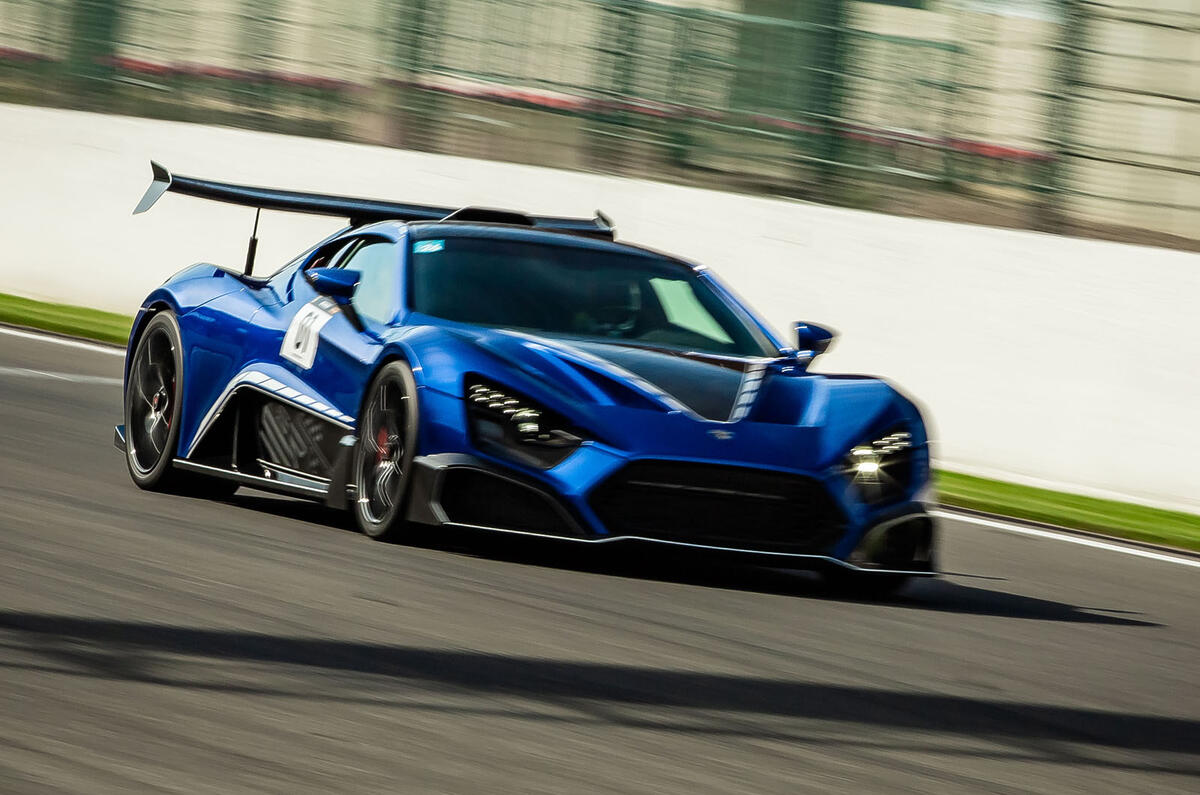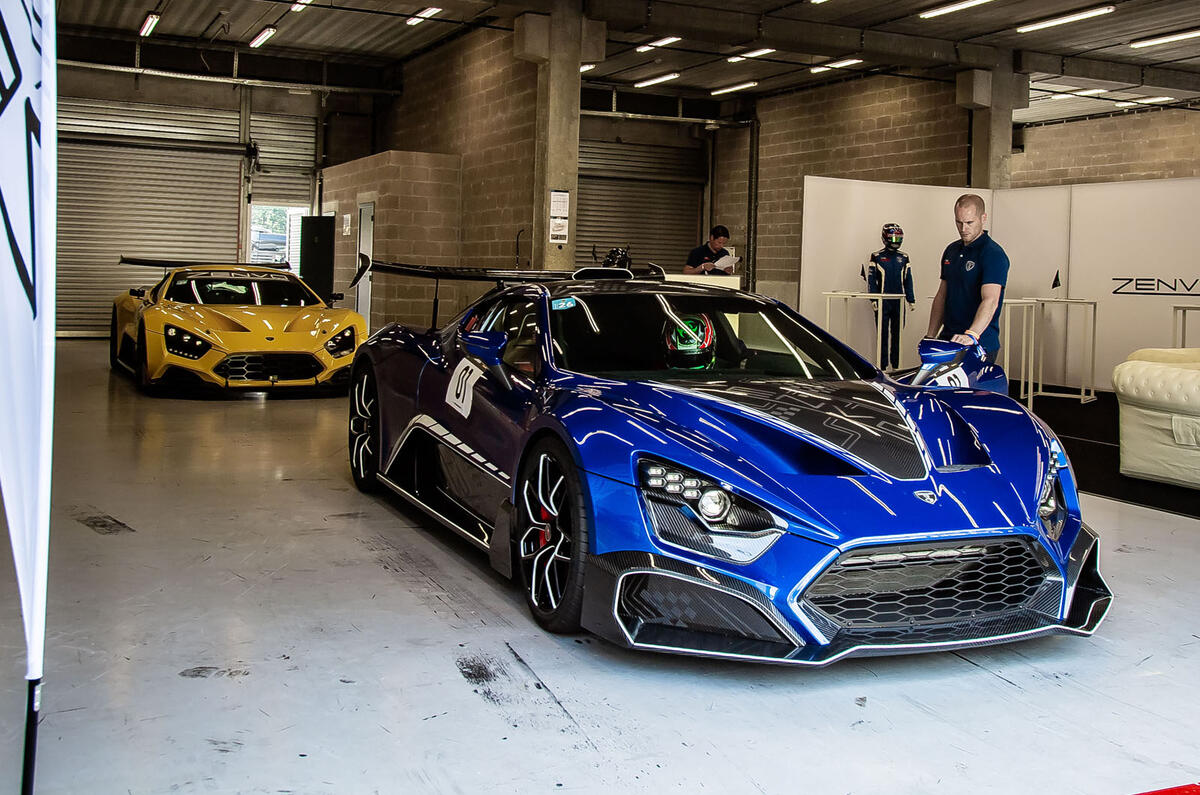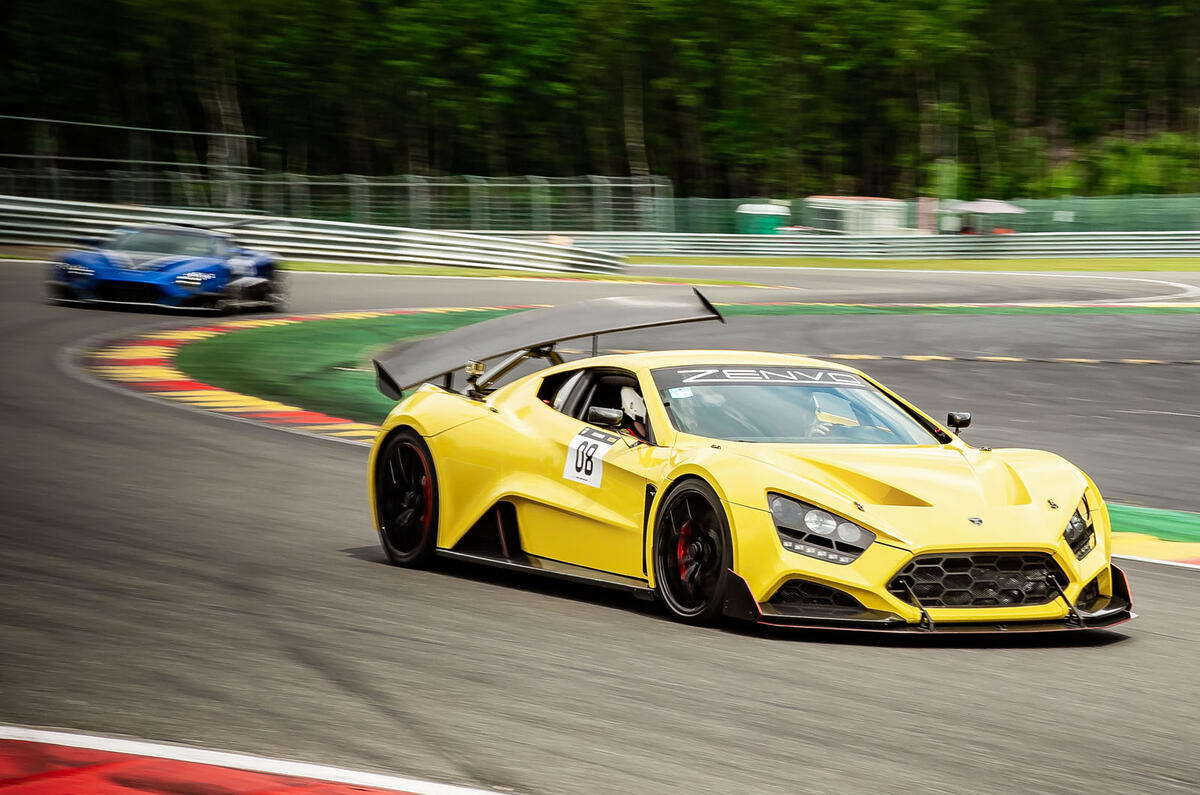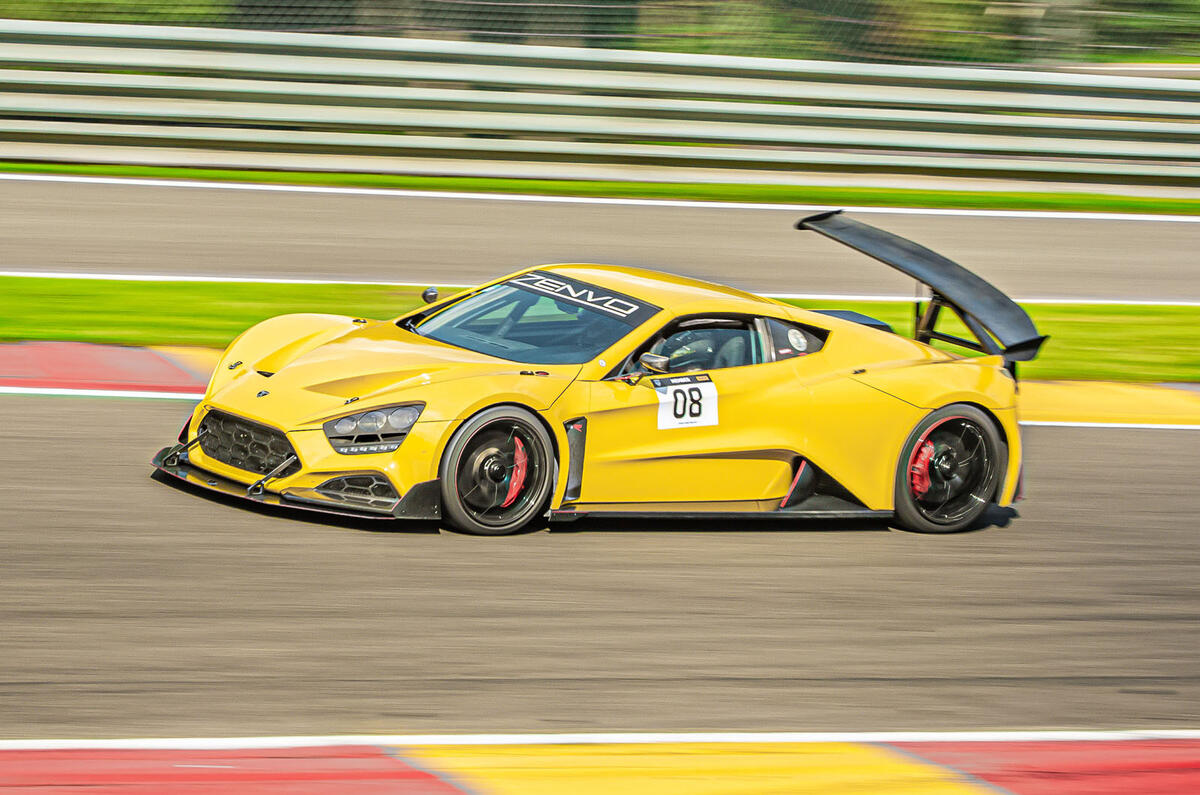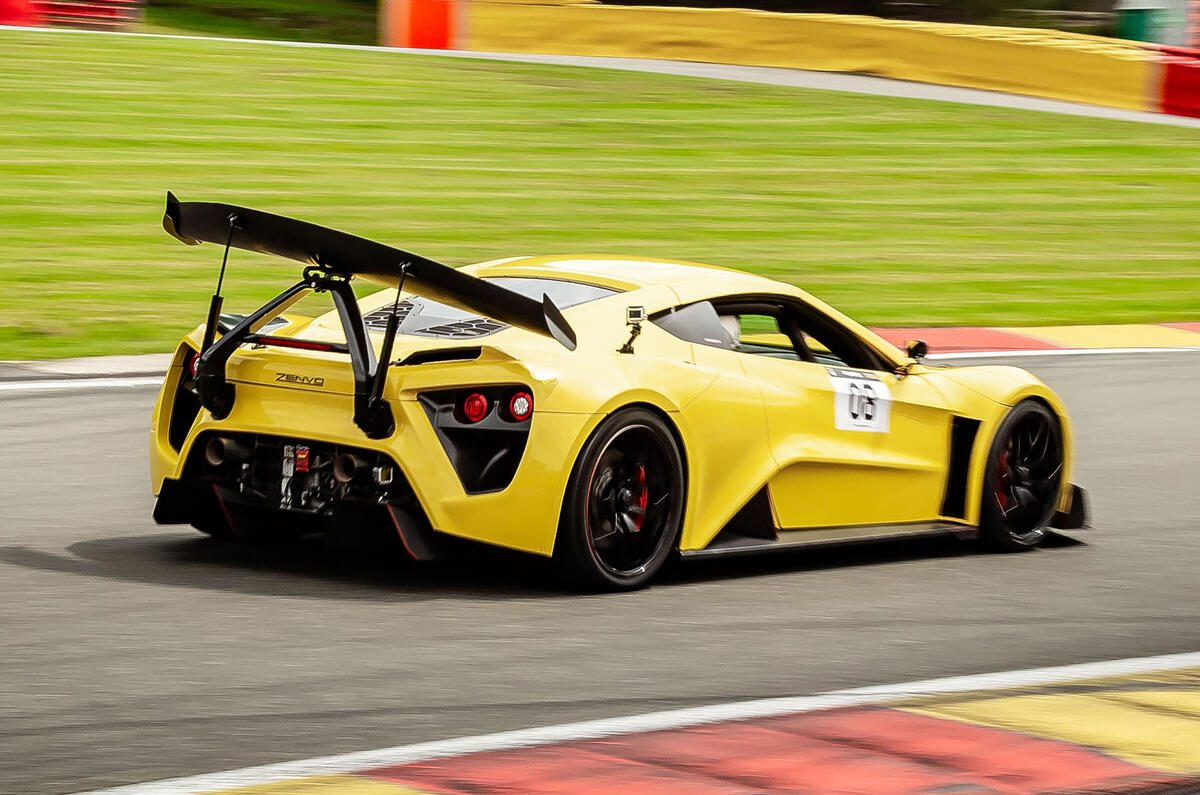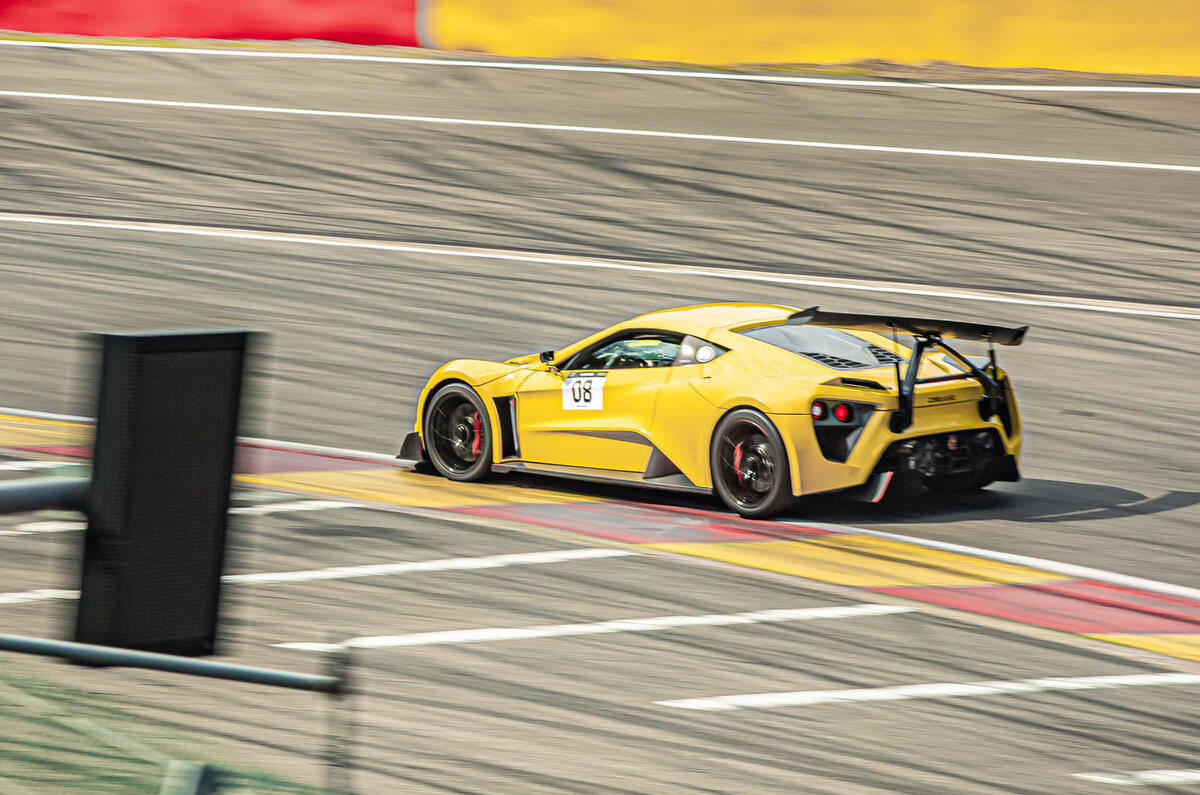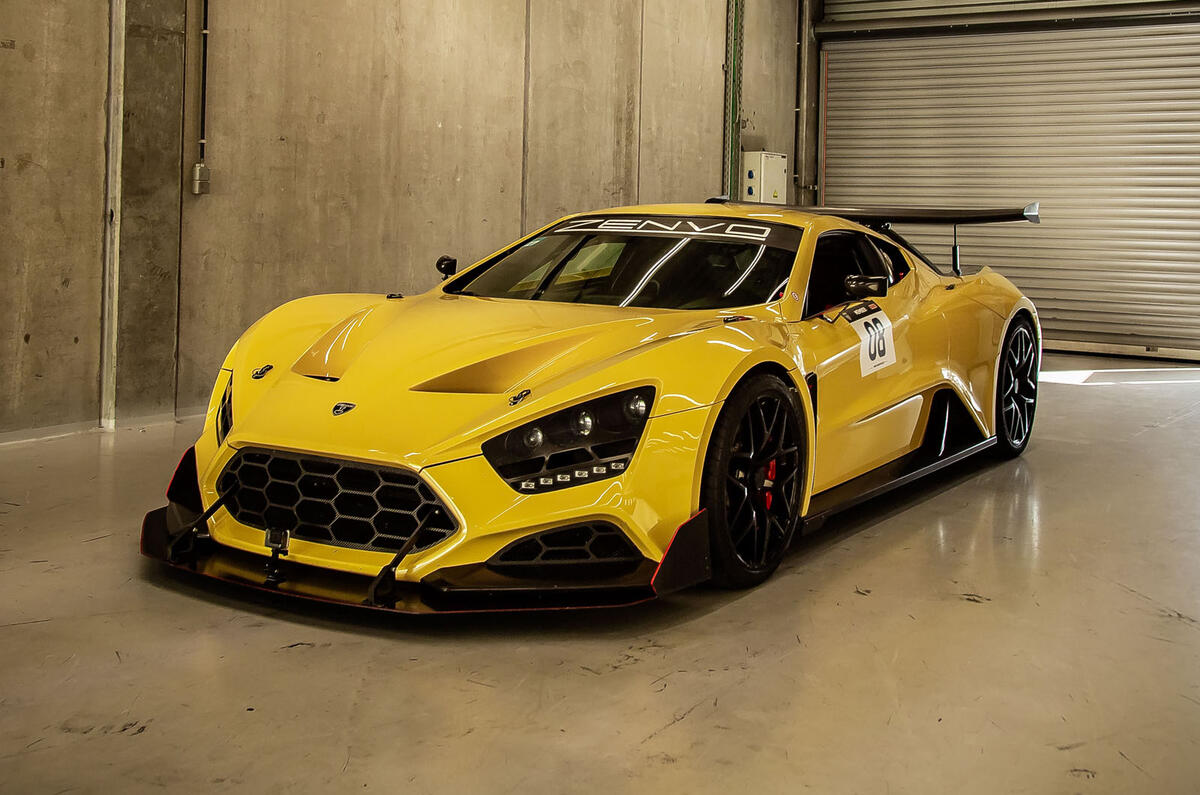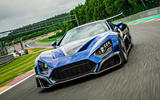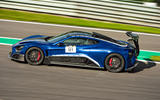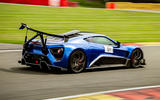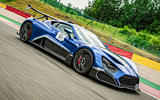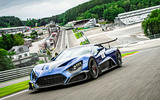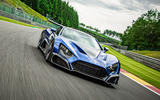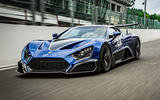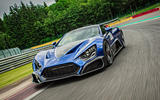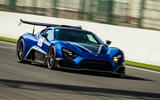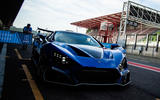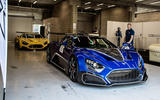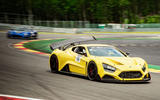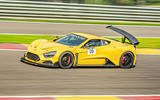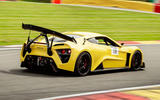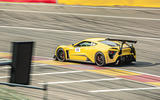One of the most extreme hypercars in the world, and one which debuts an entirely new type of active rear wing. Also pretty much the sum-total of Denmark's car industry, Zenvo being that company's only native manufacturer.
The company has been around since 2009 but remains a tiny operation, with the TSR-S that we drove at Spa during a high-end trackday being the company's 15th chassis. Yet Zenvo hopes to expand from that number; founder Troells Vollertsen says he hopes to build five of the TSR-S a year. A big leap, but one that will still make Pagani or Koenigsegg look like volume operations.
The TSR-S builds on the TS1-GT that we drove back in 2017, using a developed version of that car's mighty 5.8-litre V8, with twin superchargers boosting this to a claimed 1177hp. Power is delivered to the rear wheels through a seven-speed sequential transmission with racing style dog-cut gears. Despite that, it is nominally a road car - the second S in its name stands for 'street legal' - although my time in the car was entirely on track.
The TSR-S is heavier than its most obvious hypercar rivals, in large part due to the core metal structure that lies beneath its carbonfibre bodywork. Despite this, Zenvo claims a 2.8-second 0-62mph time and a 6.8-second 0-124mph time, identical to McLaren's figure for the McLaren Senna.


